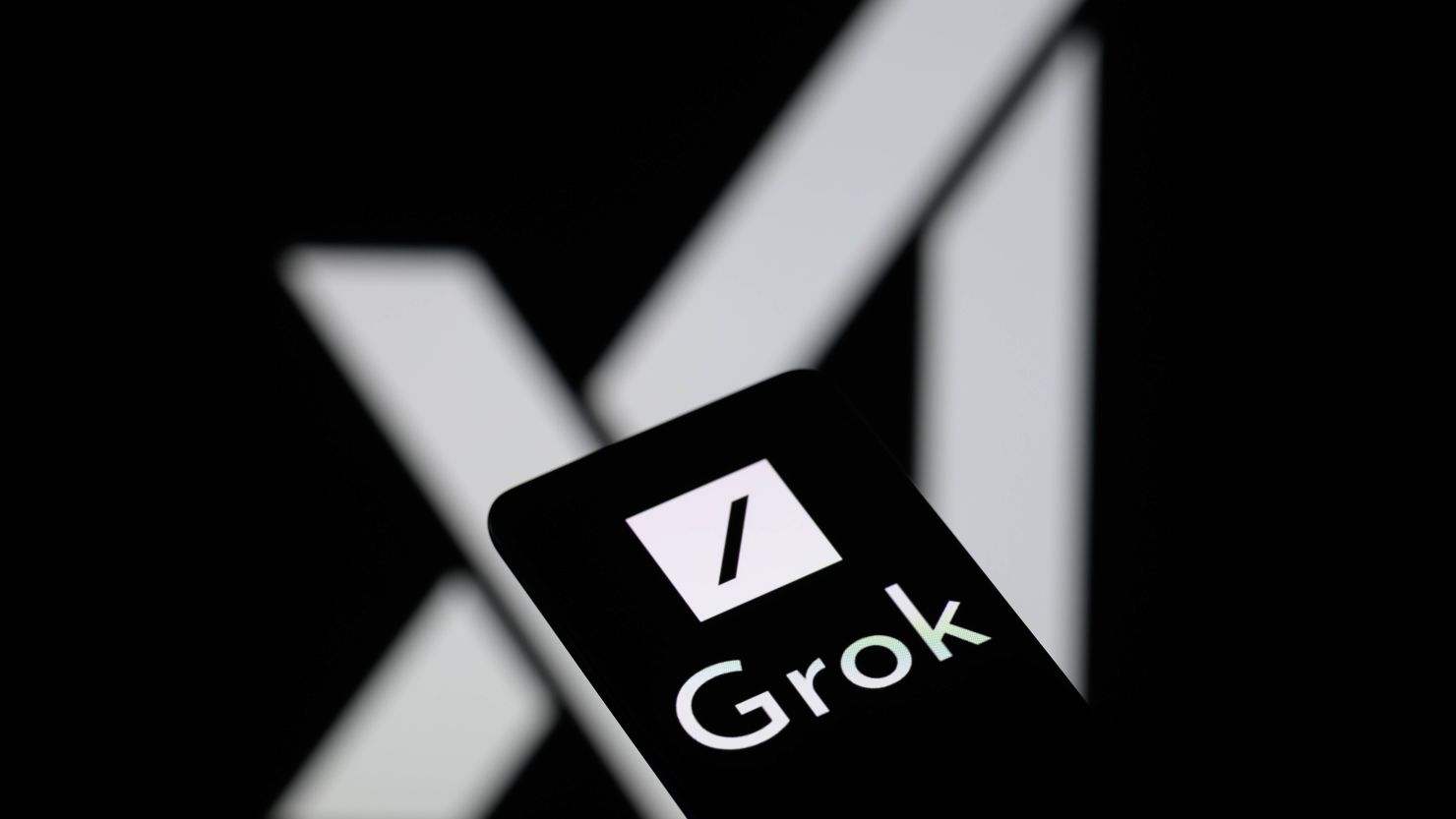In a bold yet unsurprising move, Elon Musk has revealed that ads on Grok.X’s AI chatbot are on the way. During a livestream on Wednesday, Musk stated that these ads would be tailored to user queries and would offer product or service suggestions that align with the problems users are trying to solve. The reasoning behind this integration? To pay for those expensive GPUs, Musk remarked, highlighting the immense costs of running large scale AI infrastructure.
As the digital ecosystem continues to evolve, Musk’s strategy is both pragmatic and reflective of deeper market trends. This decision could mark a significant shift in how monetization and artificial intelligence coalesce.
The Rise of Grok: X’s AI Powerhouse
Elon Musk launched Grok as part of his broader vision for transforming X (formerly Twitter) into an everything app. Grok isn’t just a chatbot it’s an AI assistant embedded within the social media platform, offering real time, context aware conversations fueled by large language models developed by xAI, Musk’s AI venture.
With Grok’s rapid user adoption and integration into X’s user experience, the move to insert ads on Grok represents a calculated effort to monetize AI in a platform native way.
There will be that opportunity in Grok’s suggestions, Musk noted, suggesting that users might see ads when asking questions like, What’s the best way to clean my laptop keyboard? only to be offered a cleaning solution or product from a sponsor.
Understanding the Economics: GPUs, Power, and AI Costs
Running a chatbot like Grok at scale is no small feat. At the heart of these systems lie powerful GPUs, such as Nvidia’s H100 or A100 chips, which are notoriously expensive and in high demand.
OpenAI, creators of ChatGPT, previously revealed that inference costs for large models are significantly higher than most businesses anticipated. Even when scaled, serving millions of users requires vast computational resources and constant model optimization.
Musk’s candid remark about ads being necessary to fund GPU costs offers a rare window into the financial pressure AI developers face.
People think AI is free because they type and get an answer. But behind that is a data center pulling megawatts of electricity and thousands of GPUs, said John Carmack, former CTO of Oculus and prominent AI commentator.
Is Advertising the Right Path?
While monetization through advertising is common across tech platforms, integrating it into a conversational AI interface is relatively new and not without controversy.
Dr. Fei-Fei Li, Stanford AI professor and pioneer in computer vision, warns. There’s a fine line between helpful AI and manipulative AI. Ads within AI conversations need ethical boundaries to avoid exploiting user vulnerabilities. Conversely, Ben Thompson, a tech analyst at Stratechery, believes this is the inevitable next step in AI monetization.
AI has to pay for itself. If you can embed ads on Grok in a way that feels like a recommendation rather than a forced placement you might just unlock a trillion dollar model.
How Ads on Grok Might Work
Ads will likely appear as part of Grok’s suggestions. Instead of traditional banners or pop ups, imagine a conversation like this.
What’s a good laptop for programming?
Grok: The Apple MacBook Pro with M3 chip is a top choice. By the way, Dell XPS 13 is currently 10% off Sponsored.
Transparency Tags
To build trust, sponsored content would need clear disclosure. Sponsored, Ad, or Promoted Suggestion tags may be included to meet ethical standards and avoid deceiving users.
AI Powered Personalization
Using behavior data, search history, and previous interactions, Grok could refine its ad suggestions offering deeply relevant solutions that feel less intrusive.
User Sentiment: Helpful or Intrusive?
Early feedback from tech forums and X users is mixed. Ali Hassan, a developer in San Francisco, said. If I’m asking for a solution and Grok gives me a relevant product with a deal sure, I’ll click it. But if it starts pushing random junk, that’s a deal breaker.
However, Lina Zhao, a privacy advocate and X Premium subscriber, warned. This blurs the line between AI help and commercial intent. Will users trust Grok if every answer comes with a price tag? Musk’s challenge will be balancing ads on Grok without eroding the authenticity or utility of the assistant.
Grok vs. ChatGPT and Bard: The Monetization Race
While OpenAI and Google have resisted inserting direct advertisements into ChatGPT and Bard, they are exploring enterprise subscriptions, app integrations, and API usage fees.
Musk’s move puts X ahead in ad based AI monetization, a space still untapped by major players. Platform Monetization Model Ads Integrated?
The concept of AI as an ad platform is still in its infancy. However, with platforms like Grok now opening the gates, this could redefine how users interact with digital content. Imagine a future where every AI interaction is not only helpfulnbut also monetized.
Mary Meeker’s 2025 Internet Trends Report predicts. Conversational AI will become the new search bar. Whoever controls that interface controls the next generation of advertising. With ads on Grok, Musk is staking his claim early in this frontier.
Innovation or Exploitation?
Elon Musk has never shied away from disruption, and integrating ads on Grok is another example of his bold vision for monetizing AI. While it offers a sustainable path to fund expensive GPU infrastructure, the move raises questions about transparency, ethics, and user trust.
If done responsibly with personalization, consent, and clear boundaries this could evolve into a new standard for AI monetization. If not, it risks turning helpful AI into yet another sales channel.
Only time will tell whether users embrace or reject this paradigm shift. But one thing is certain, Musk is once again forcing the industry to rethink the status quo.

